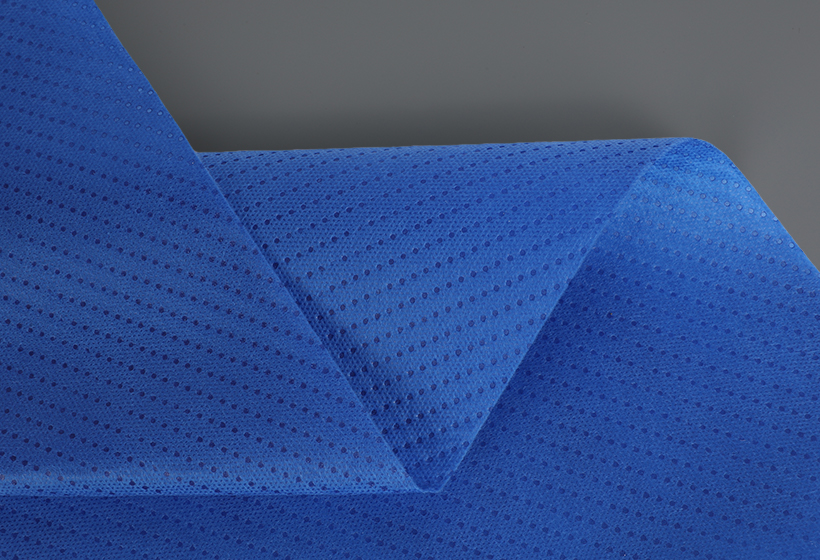What is laminated fabric used for? It is a material that can be used for a variety of applications, including rainwear, automotive seats, sporting pads, and more. It is also used in recreational settings, such as SCUBA buoyancy compensators and life vests. Laminated textiles are also used in composites, which combine the benefits of multiple raw materials. For example, a durable woven fabric with waterproof film is combined with a soft knit to improve comfort. When used for such applications, a laminated textile will provide a long-lasting advantage over the original raw materials.
If you are concerned about the sturdiness of laminated fabric, you should avoid ironing it. While you can iron it on its wrong side, it will not be as durable as industrial irons. To avoid damaging the fabric, you can spray it with water before ironing it. You should never iron laminated fabric in the dryer. Nevertheless, it is possible to do various fun sewing projects with it.
When choosing a type of fabric for laminated applications, consider the intended use. The material can be used to protect against water, heat, or dust. Laminated cotton tends to be water-resistant, but polyurethane laminate is completely waterproof. This makes it a go-to material for many applications. If you're concerned about the appearance of laminated fabrics, you can use them to create a custom look for a variety of projects.
Many sewing projects require the use of laminated cotton fabric. Thankfully, it is easy to launder this fabric yourself in a matter of minutes at home. However, be careful when laminating because you'll end up with a permanent hole. A rotary cutter or pattern weight will do the trick. The coating prevents the fabric from shifting during sewing and makes it much more stable. It is also ideal for home projects, such as backpacks and make-up pouches.
Laminated fabric is similar to laminating glass. A premade film is applied to a fabric and bonded with its thermal and adhesive properties. The fabric may be knit, non-woven, or yarn. Most commonly used lamination films include PVP, silicone, and acrylic. Fabric lamination films are not only functional, but also beautiful. Many industries use lamination to make a wide variety of products.
Laminated fabric is great for waterproofing projects. However, it can be tricky to sew with. The plastic coating may stick to the sewing machine bed, so a larger needle is needed for sewing on the material. Another important tip when sewing with laminated fabric is to ensure that the seam is not too long. For larger seams, consider using an overlocker or sewing machine foot. Once you have mastered this technique, you'll have a fabric that will hold up against all sorts of circumstances.
Many uses for laminated fabric extend beyond clothing. For instance, it can improve the durability of outdoor apparel, including clothing and equipment covers. In addition to waterproofing, laminated fabric can also enhance flame retardancy and resist moisture. It's great for outdoor activities, too, and even makes cleaning easier. You can even use it as a protective cover for bowls in the refrigerator. If you're not a sewing fan, you can wax a fabric instead of laminating it.


 English
English Español
Español











